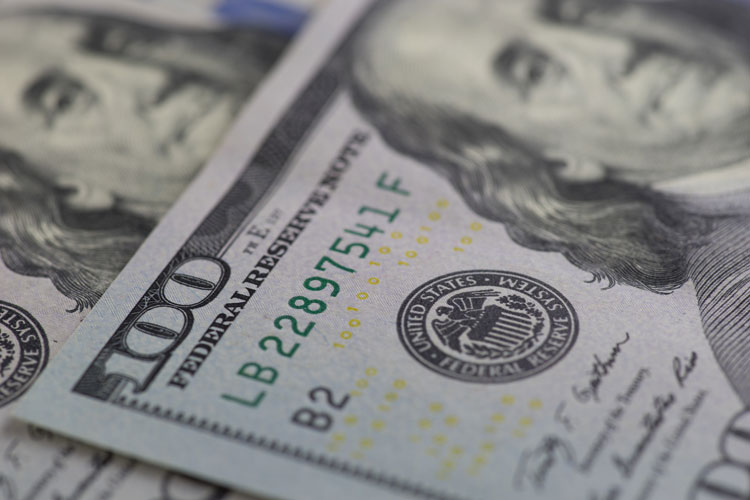
The government has purchased billions of dollars of dairy products and other foods this year through the Farmers to Families Food Box Program in order to stimulate cash flow on farms and get food to pandemic-stricken consumers. While that program could be wrapping up soon, in 2021, USDA will be using another of their tools to deliver dairy products to those that need them.
This month, the department announced its commitment to purchase $60 million of fluid milk products and $50 million of butter under Section 32. Dairy economist Mark Stephenson discussed the purchases on the December 9 Hoard’s Dairyman DairyLivestream.
“Section 32 . . . is the money that we collect from tariffs on trade values on all kinds of products, not just dairy products coming in, but when we have those additional tariffs on aluminum and steel, the revenues that are collected from U.S. consumers are then available to be used, in fairly large part, on food items,” he explained. That food is then distributed to various nutrition assistance programs.
This is not another relief package. “That’s actually written into an appropriation from 1935, and it continues to this day. I think that the equivalent of about 30% of our annual customs receipts are available to buy food products,” Stephenson noted.
He continued that the plan to purchase $110 million of dairy products will be significant in helping prices balance out.
In the example of butter, Stephenson calculated that, “$50 million of butter at $1.50 a pound right now equates to something like 33 million pounds of butter. That’s about six days’ worth of production in the U.S., or just less than 2% of our butter supplies.
“I think that our butter stocks are just a little on the heavy side, maybe bordering on burdensome, and if you take 2% out through sales of product like this, if it doesn’t cannibalize commercial sales, then we bring our stock levels right back down to where we feel comfortable again with butter. This is a strategic purchase,” the economist said.
Bulk or print
As one viewer pointed out, though, Section 32 purchases require “print” butter, meaning it has been packaged. Most butter in cold storage is in bulk and has not been packaged, and therefore, must go through the additional process before it can be purchased this way.
“There is a little bit of debate trying to get USDA to change that to be bulk and not be print,” said Matt Gould, president of The Dairy Market Analyst. However, he doesn’t anticipate the necessary conversion from currently heavy bulk stocks to print to be an issue for these purchases.
“The purchase period is 12 months. I think that over a 12-month period, we have the capacity to (convert it), especially considering the second half of the year; hopefully, we’re going out of this pandemic,” he believes.
An ongoing series of events
The next broadcast of DairyLivestream will be on Wednesday, January 6 at 11 a.m. CST. Each episode is designed for panelists to answer over 30 minutes of audience questions. If you haven’t joined a DairyLivestream broadcast yet, register here. Registering once registers you for all future events.








